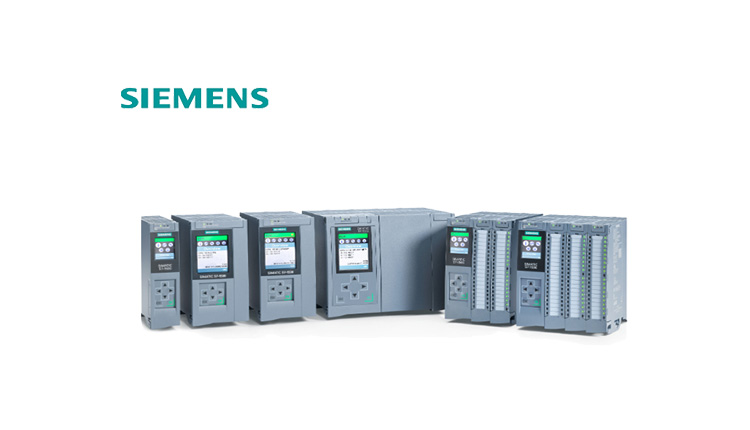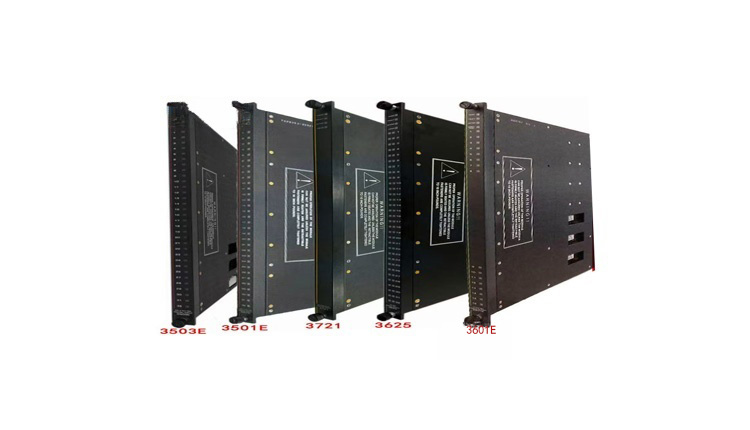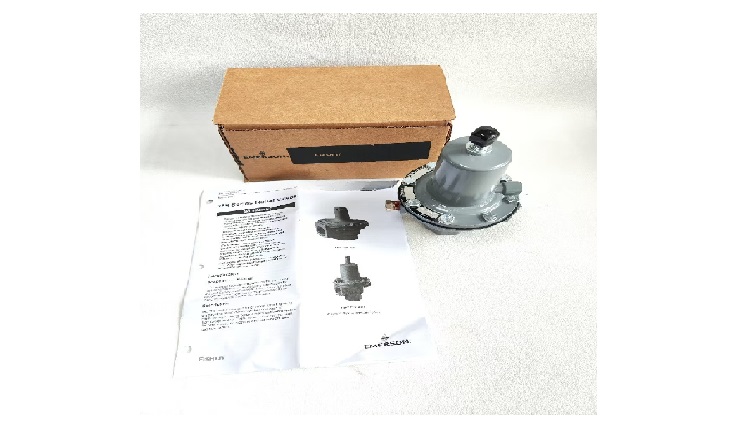Make a call

Blog Details

03
Tue
YOKOGAWA ADV151 Possible problems and solutions when using ADV151
YOKOGAWA ADV151 Possible problems and solutions when using ADV151
[YOKOGAWA ADV151](https://www.cwlyautomation.com/product/6467.html "YOKOGAWA ADV151") may face issues like communication, power supply, and input signal problems during operation. Here are some common issues and solutions:
### Communication Issues
- **Phenomenon**: The module fails to communicate properly with the control system, leading to data transmission failures or errors.
- **Causes and Solutions**
- **Communication Line Fault**: Check if the line is correctly and firmly connected, and look for any damage, open circuits, or short circuits. Replace the line or fix the fault if there's an issue.
- **Communication Parameter Error**: Ensure that communication parameters (baud rate, data bits, stop bits, parity bits, etc.) of the ADV151 module and the control system match. Reset the parameters according to the instructions.
- **Module or Control System Fault**: If the line and parameters are okay, the ADV151 module or control system might be faulty. Try restarting the device. If the problem persists, use diagnostic tools to find and repair or replace the faulty component.
### Power Supply Issues
- **Phenomenon**: The module doesn't work properly, and the power indicator is off or blinking.
- **Causes and Solutions**
- **Power Input Fault**: Check if the power input voltage is normal and within the module's rated range (usually 24V DC). Use a multimeter to measure the output voltage. If it's abnormal, inspect the power supply equipment and circuits and repair or replace the faulty parts.
- **Power Module Fault**: If the power input is normal, the ADV151 module's power module might be defective. Contact professional maintenance staff for repair or replacement.
- **Power Overload or Short Circuit**: Examine the module's load to see if too many devices are connected, causing overload or short circuit. Reduce the load or locate the short circuit point to ensure normal power supply operation.
### Input Signal Issues
- **Phenomenon**: The input signal can't be detected correctly, or it's unstable, resulting in misjudgment.
- **Causes and Solutions**
- **Sensor Fault**: Check if the sensor connected to the ADV151 module is working properly, including its integrity, power supply, and output signal. Use professional tools to detect, calibrate, or replace the sensor.
- **Signal Interference**: Electromagnetic interference around may affect the input signal's stability. Check if the module and sensor wiring is reasonable and if it's parallel or crossed with high-power wires. Take shielding measures like using shielded cables and better grounding of the shielding layer to reduce interference.
- **Input Channel Fault**: The ADV151 module's input channel might be damaged. Switch to other available channels for testing. If the problem is solved, the original channel is faulty, and the module needs repair or replacement.
### Module Overheating Issues
- **Phenomenon**: The module's surface temperature is too high, potentially degrading performance or causing damage.
- **Causes and Solutions**
- **Poor Heat Dissipation**: Check if the module's installation location is well-ventilated and has enough space for heat dissipation. Avoid installing it in small, enclosed, or high-temperature environments. Clean the module's surface dust to keep the heat dissipation path clear.
- **Overload**: Check if the number of connected devices and the load exceed the module's rated capacity. If so, reduce the number of connected devices or add more modules to share the load.
- **Internal Circuit Fault**: An internal circuit fault in the module can cause overheating due to increased power consumption. Contact professional technicians to check and fix the internal fault.
### Abnormal Indicator Light Issues
- **Phenomenon**: The indicator light on the module shows abnormal behavior, not matching the actual working status.
- **Causes and Solutions**
- **Indicator Light Damage**: Some indicator lights may be damaged due to long-term use. Observe other indicator lights and the module's actual operation. If the damaged light doesn't affect the module's function, it can be used as is. Replace the indicator light if maintenance is needed.
- **Software or Configuration Fault**: Incorrect software settings or configurations can lead to abnormal indicator light display. Recheck the module's configuration parameters and related software settings to ensure they match the actual working status. Try reloading the configuration file or performing a software reset.
Tags:

Our mission
Build strong relationships
with clients
Take responsibility for our customers, create value continuously,
and become a
trustworthy partner for industrial intelligence and connectivity.



